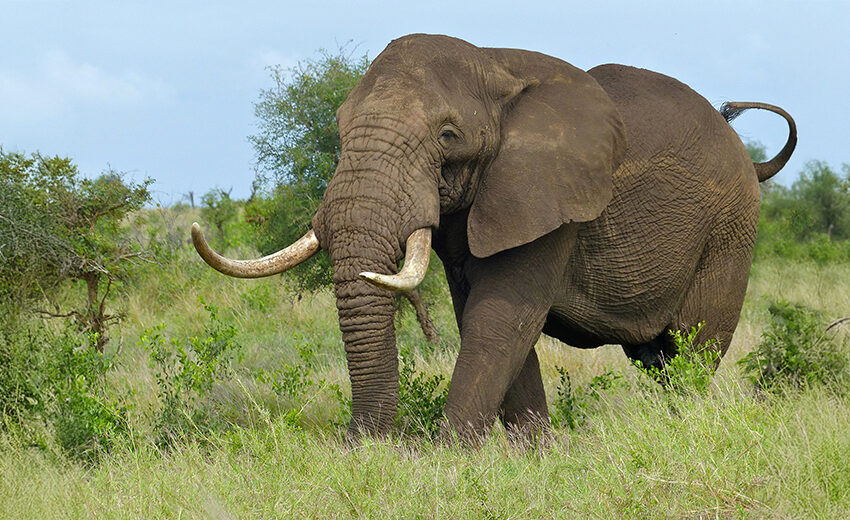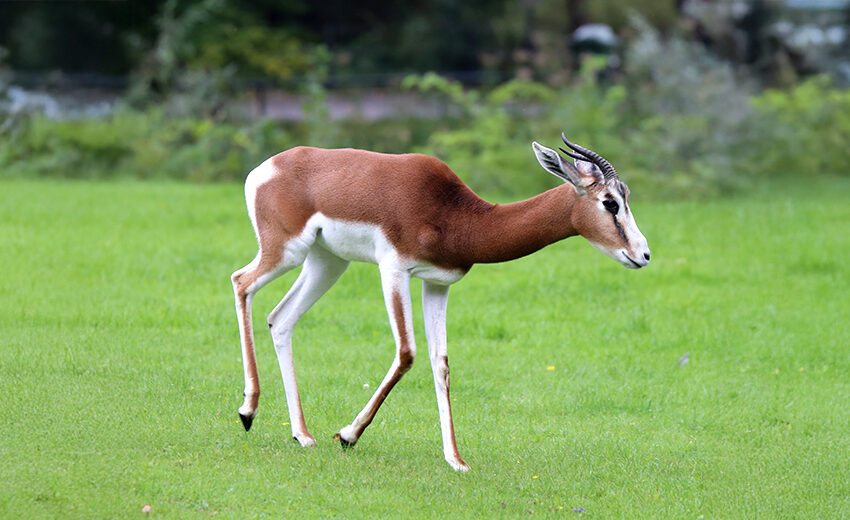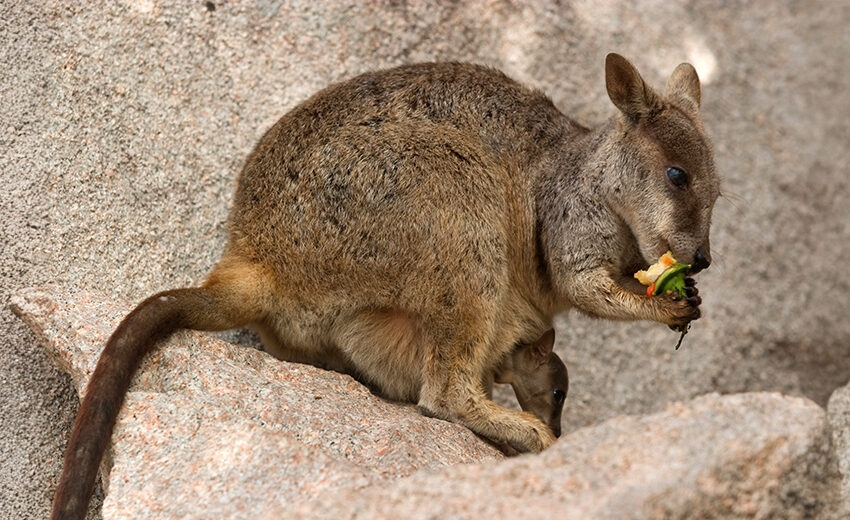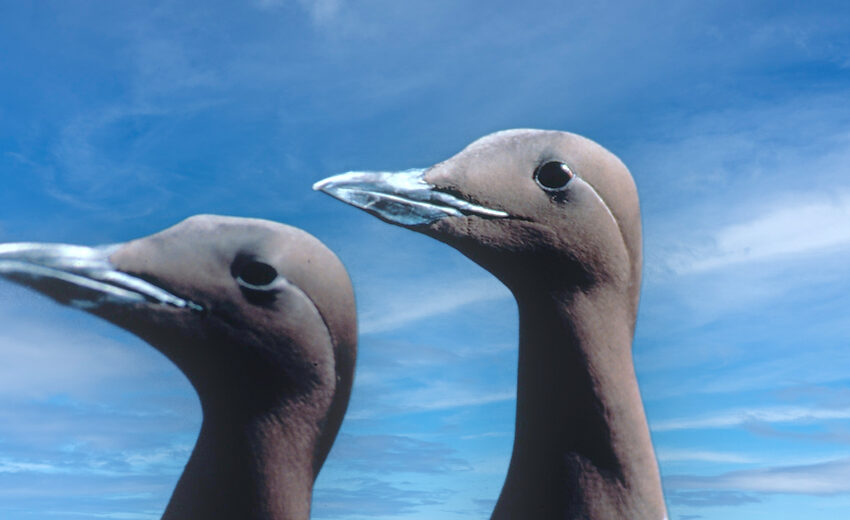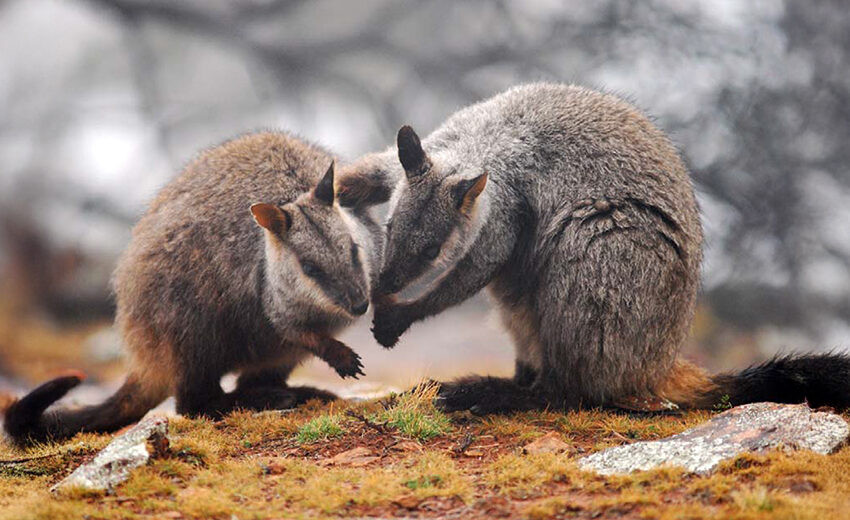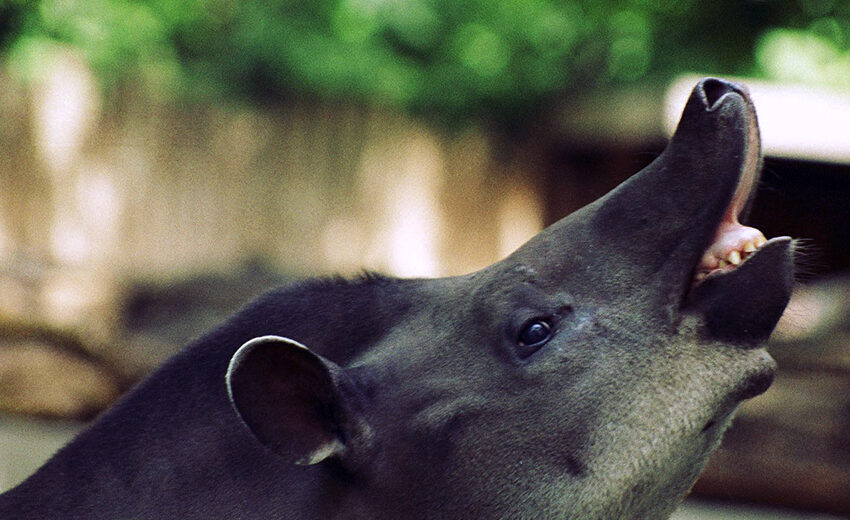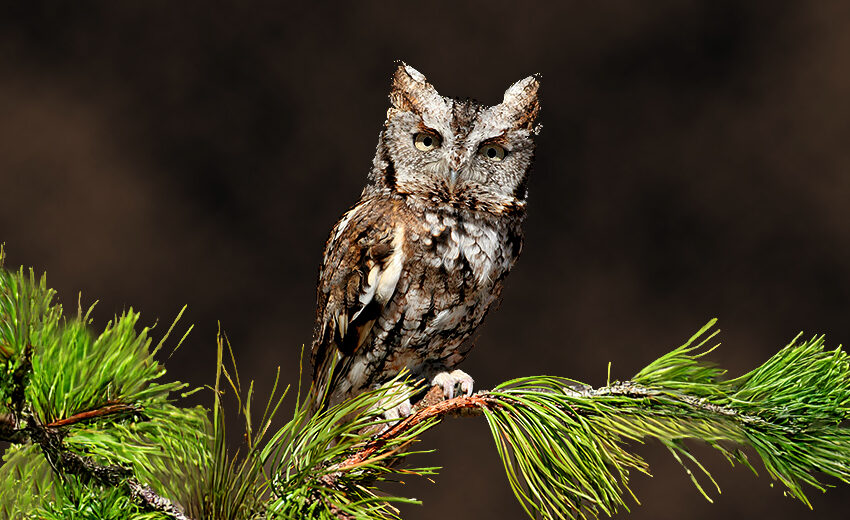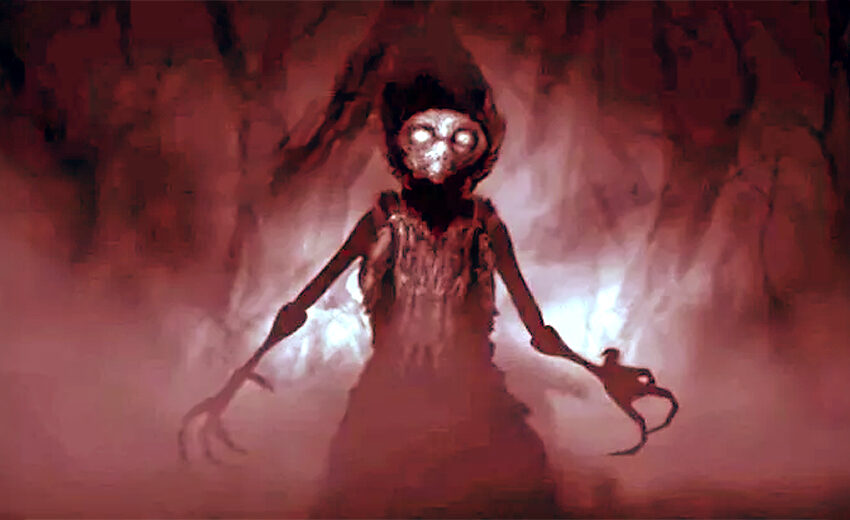The African savanna elephant, aka African bush elephant, is native to sub-Saharan Africa. It is 1 of 3 extant elephant species and, along with the African forest elephant, 1 of 2 extant species of African elephant.
- Zoology
- Daily Critter Facts
- For Teachers
- Study Guides
- Diseases & Parasites
- Contact


